Federated Health Charities’ mission is to improve the health and quality of life of all Ontarians by supporting 21 different health charities providing critical services to those experiencing, or affected by, illness. We believe education and prevention are key parts of supporting the health of our communities, so our weekly Health Hint series strives to provide tangible and easy to implement hints and tips on how to maintain your health, prevent disease, and enjoy increased quality of life. Check out our latest Health Hint on strategies to safely exercise with a bleeding disorder. We hope you find it helpful. If you would like to join our efforts to support the health of Ontario, please consider a donation to Federated Health Charities.
What is Hemophilia?
Hemophilia is an illness that is characterized by the absence of certain proteins or platelets which are vital to helping blood clot quickly and efficiently in the event of an injury. People with hemophilia are more prone to prolonged bleeding when they sustain an injury like a cut or a bruise. Spontaneous bleeding in muscles and joints may also sometimes occur. Because people with hemophilia are at a higher risk of excessive bleeding, they need to be cautious when choosing which forms of exercise are safe and beneficial. To learn more about hemophilia, you can visit Hemophilia Ontario.
Before beginning a new exercise regimen, you should consult with a health care professional on its safety and any prophylaxis you may need. Exercise is very important for people with hemophilia because strong and flexible muscles support the joints which in turn helps to prevent joint damage and excessive bleeding. Exercise also promotes a healthy weight, improved balance and coordination which reduces the stress placed on joints which may results in excessive strain and bleeds.
Improved balance and coordination helps joints and muscles work better together, which again helps protect against bleeds
What Kinds of Exercises Can I Do?
Exercises that are easy on the joints and that minimize the possibility of sudden and strong impacts are the safest bet. The National Hemophilia Foundation has an excellent guide with many recommendations on cardiovascular and strength training. According to the guide, archery, aerobics, tai chi, swimming, hiking, fishing, golf, the elliptical, and stationary bike are some of the safest exercises to perform. Boxing, BMX racing, diving, football, hockey, rock climbing, rugby, and other high contact sports are considered high risk. Likewise, Hemophilia News Today suggests table tennis, dancing, badminton, and sailing as safe exercises.
For a deep dive into hemophilia friendly exercises, World Federation of Hemophilia offers a guide with exercises for strengthening different muscle groups while enhancing flexibility, proprioception (including balance), and range of motion. These exercises can benefit everyone and take into consideration the danger of bleeding at the joints (as is the tendency with hemophilia).
Over the years research has come out the people with hemophilia benefit greatly from exercise as strengthened muscles and joints actually work to prevent excessive bleeding and severe episodes. Consider one of the safe types of activities as a place to begin!
We hope you’ve enjoyed our latest Health Hint!
Related Articles
Healthy Diet for the Liver – Health Hint!
Provincial Differences in Healthcare – Health Hint!
Health Hint! – All about Allergies
References
https://www.hemophilia.on.ca/bleeding-disorders/about-bleeding-disorders/
https://www.hemophilia.ca/files/PlayingItSafe.pdf
https://hemophilianewstoday.com/living-with-hemophilia/physical-activity-exercise-for-hemophilia/






